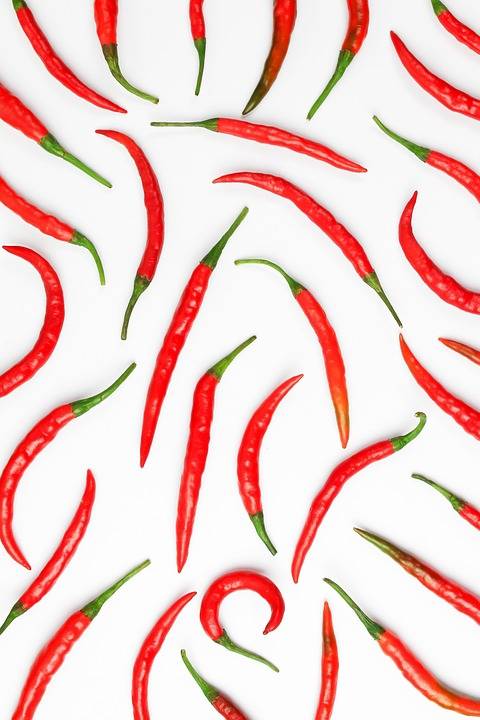Introduction
Climate change is a pressing global issue that is affecting various sectors, including agriculture. Chili farming, in particular, is facing numerous challenges due to changing climatic conditions. In this report, we will explore the impacts of climate change on chili farming and discuss adaptation strategies that farmers can adopt to mitigate these challenges.
Climate Change and Its Effects on Chili Farming
Climate change is leading to unpredictable weather patterns, extreme temperatures, and changes in precipitation levels. These alterations in climatic conditions have a direct impact on chili farming.
Decreased Yields
Higher temperatures and erratic rainfall can lead to decreased chili yields. Excessive heat can cause flower drop and reduce fruit set, while prolonged droughts can result in wilting and stunted growth of chili plants.
Pest and Disease Outbreaks
Warmer temperatures and increased humidity create favorable conditions for pests and diseases to thrive. Chili plants are susceptible to various pests and diseases, such as aphids, mites, and powdery mildew, which can significantly reduce yields.
Water Scarcity
Changing precipitation patterns and increased evaporation rates are leading to water scarcity in many chili-growing regions. Limited water availability can hinder chili plant growth and development, resulting in poor yields.
Adaptation Strategies for Chili Farming
To mitigate the challenges posed by climate change, chili farmers can adopt various adaptation strategies to ensure sustainable chili production.
Utilization of Drought-Resistant Varieties
Planting drought-resistant chili varieties can help farmers cope with water scarcity. These varieties are more resilient to drought conditions and can maintain yields even in periods of low water availability.
Integrated Pest Management
Implementing integrated pest management practices can help control pest and disease outbreaks in chili crops. By using a combination of cultural, biological, and chemical control methods, farmers can reduce the use of pesticides and minimize the impact of pests on chili yields.
Water Conservation Techniques
Adopting water conservation techniques, such as drip irrigation and mulching, can help chili farmers optimize water usage and reduce water wastage. These practices can improve water efficiency and ensure adequate moisture levels for chili plants.
Case Study: Chili Farming in India
India is one of the largest chili-producing countries in the world, but the sector is facing challenges due to climate change. Farmers in regions like Andhra Pradesh and Telangana are witnessing lower chili yields due to erratic weather patterns.
To adapt to these challenges, some farmers in these regions have started using drip irrigation systems and planting drought-resistant chili varieties. These strategies have helped them maintain consistent yields and ensure the sustainability of their chili farms.
Conclusion
Climate change poses significant challenges to chili farming, but with the right adaptation strategies, farmers can overcome these obstacles and ensure sustainable chili production. By implementing practices such as utilizing drought-resistant varieties, integrated pest management, and water conservation techniques, chili farmers can mitigate the impacts of climate change and secure their livelihoods.

